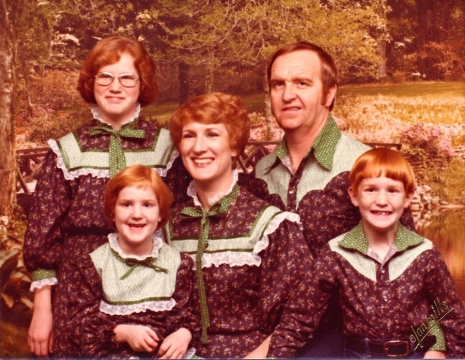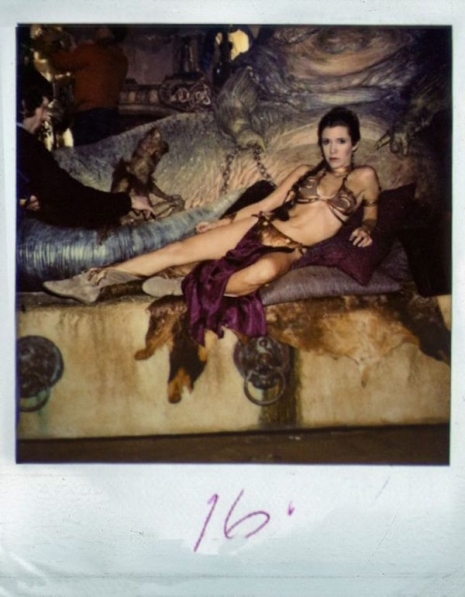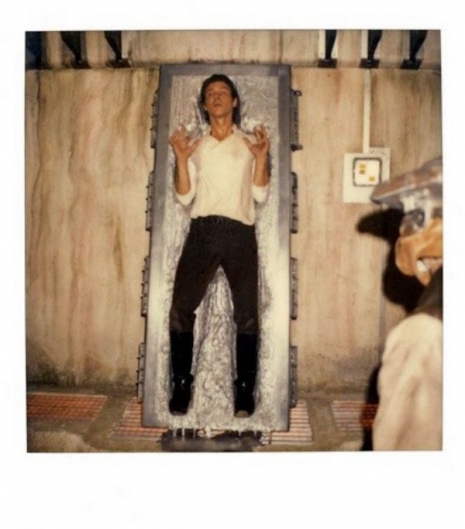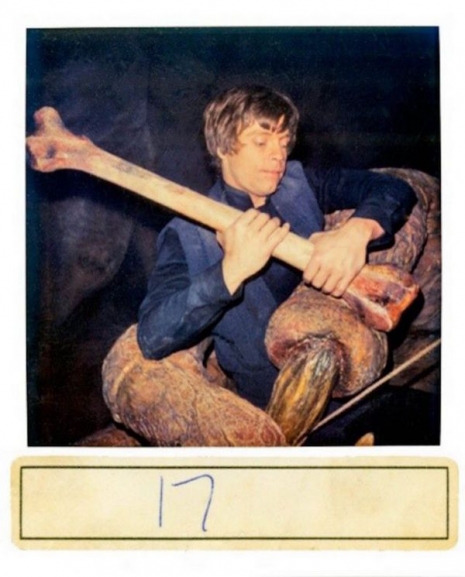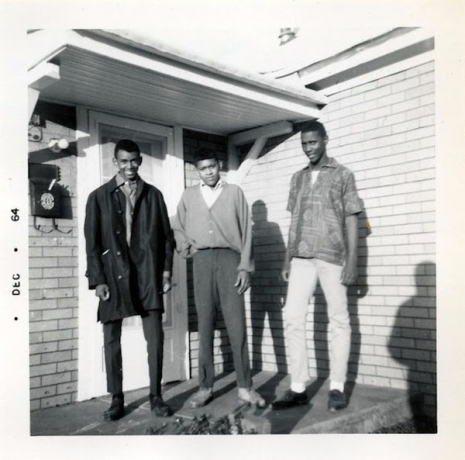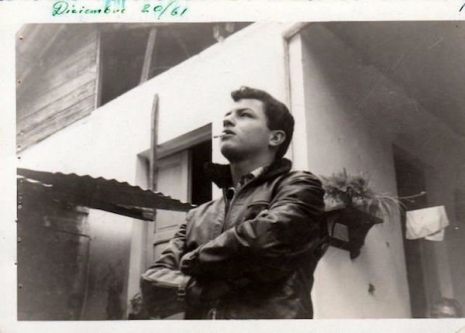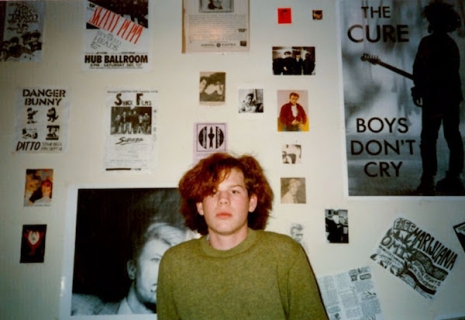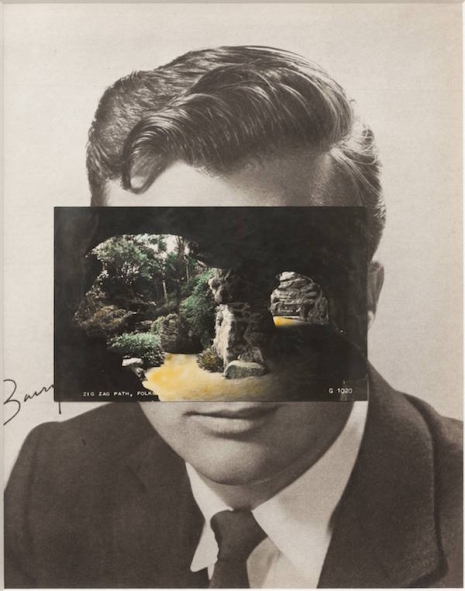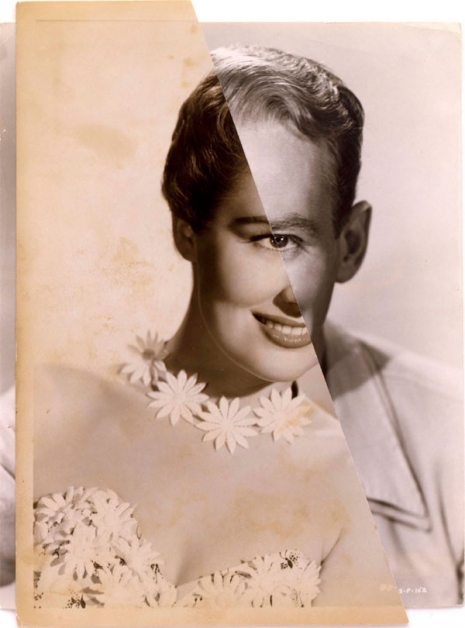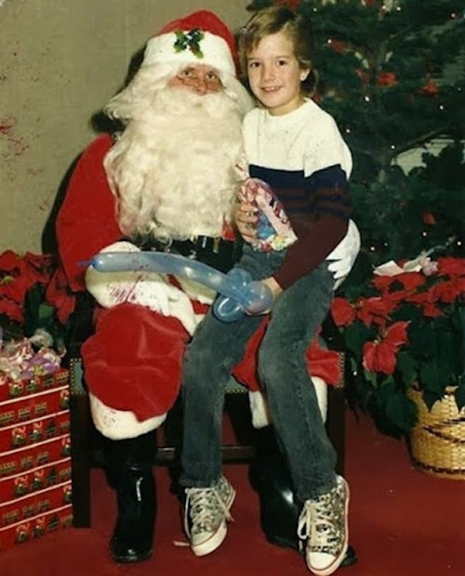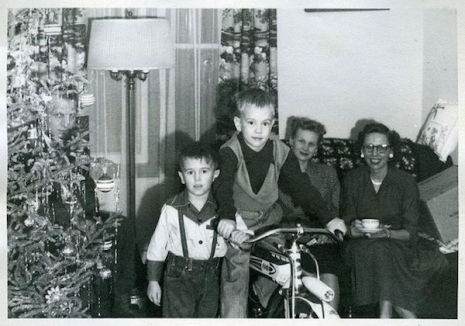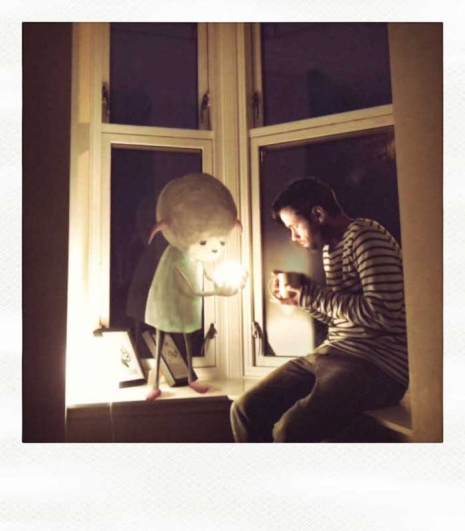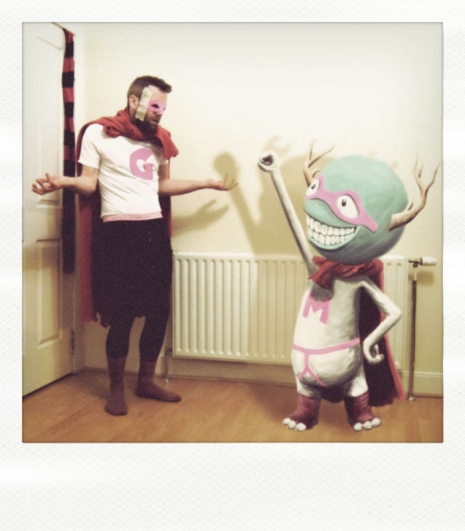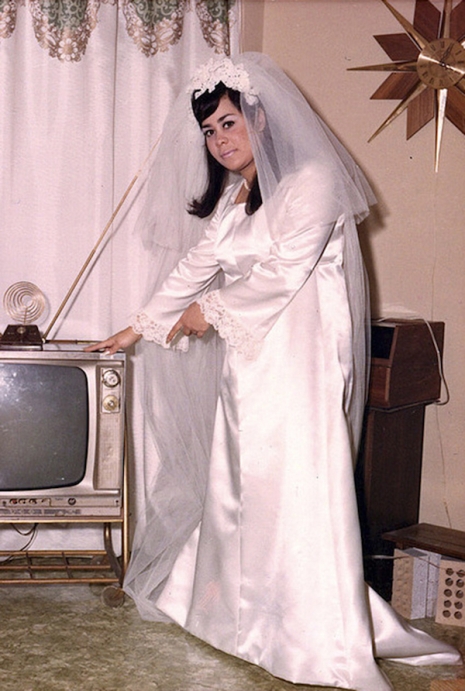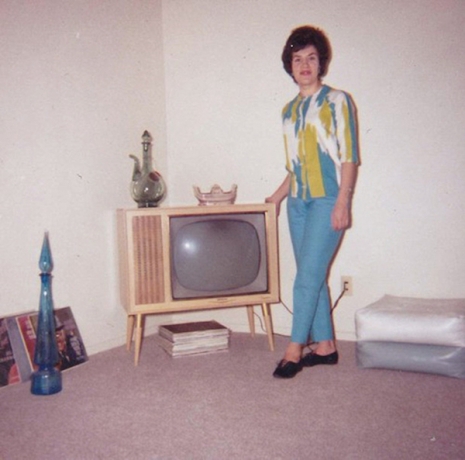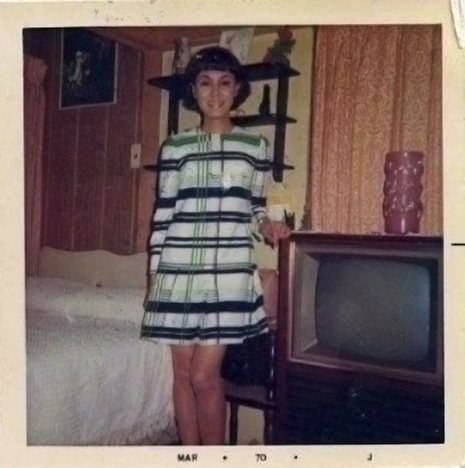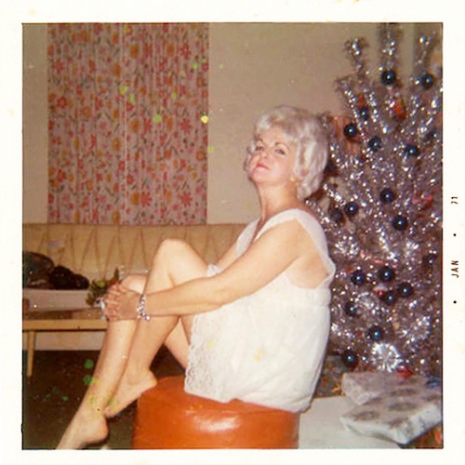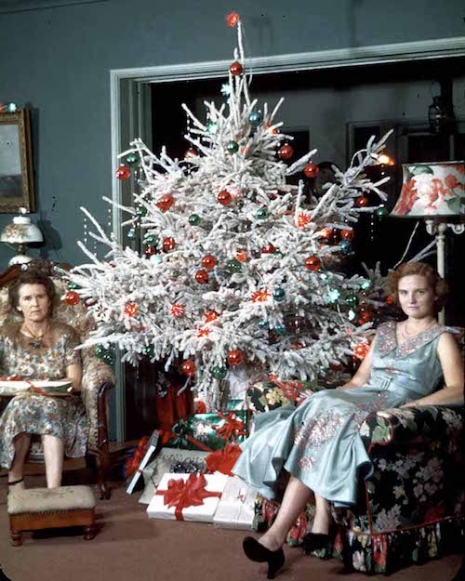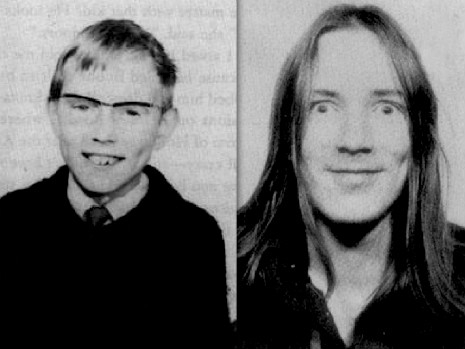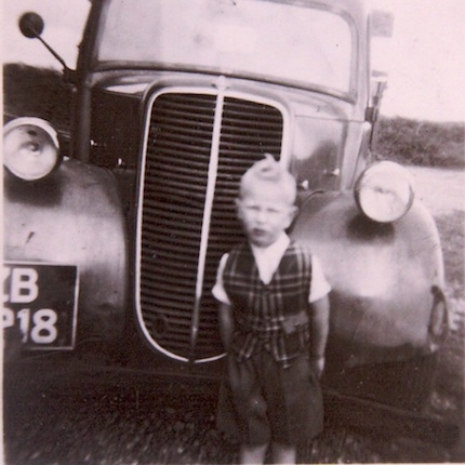
According to his parents David Bowie was a smart kid. He was rolling paper into a typewriter and tapping keys writing gobble-de-gook lines and even using a phone—the old-fashioned rotary kind—by the time he was three. His parents thought he was special, just like every parent does, but they were right. They never talked to him as child, no baby talk, no goo-goo, ga-ga, they treated him as a mini-adult because they thought him smart, intelligent, someone who had chutzpah, someone who just might do something. Not that his teachers thought the same. He was an average student who could always do better. One former school friend (Trevor Blythe) said of him:
‘He was a very bright guy, but he never applied himself. He was fairly good at art, but overall he tended to wander through. He was a butterfly. I was old-fashioned and could knuckle down and do the job. He was the opposite to that. There was a creative spirit, but no-one could’ve guessed where it was headed.’
Bowie was born David Robert Jones on a cold foggy Wednesday morning, January 8th, 1947. His old man, “John” Hayward Stenton Jones (b. 1912) was a fairly well-to-do Yorkshire man, who had inherited £4,000 (mega bucks in those days) from his parents which he quickly invested in setting-up and managing a London nightclub near King’s Cross in 1933. It seemed a fairly good investment. Jones met his first wife, a singer called Hilda Sullivan, at the club. They got married. When the club inevitably ran into financial difficulty due to a lack of experience, Jones bailed and spent the last of his inherited wealth on a joint-partnership running a seedy bar in London’s notorious Soho district. He was conned by his business partner who split with most of the cash and left Jones “holding the can.” His fall was buffered by the start of the Second World War. Jones signed-up with the Eighth Army and served the duration of the war. By 1945, his marriage to Hilda was over, but the pair didn’t divorce.
Bowie’s mother, Margaret Mary Burns (b. 1913) came from a working-class family of six ruled by a violent and brutal ex-soldier of a father. Burns was rebellious and left home at the age of fourteen. She became a nanny and had a brief relationship with a wealthy businessman. She became pregnant to this man, who quickly abandoned her, and had a son named Terrance (b. 1937). The child was given to her parents to raise. Burns took up work in a factory where she met another man and fell pregnant once more. This time she had a daughter Myra Ann (b. 1943), who was given up for adoption. Burns never saw her daughter again. After the war, Burns met Jones while she was working as a waitress/usherette. The pair lived together, as Jones was still technically married to his first wife Sullivan. In 1947, the couple’s son David was born, and the family lived in a terraced home at 40 Stansfield Road, Brixton. Eight months later, Jones was divorced and he married Burns.
Bowie was the focus of his parents’ love. His older half-brother Terry was never quite considered part of the family. However, it was Terry who first guided Bowie towards jazz, rock ‘n’ roll and the literature of the Beats.
Bowie was precocious as a child. At junior school he was known as a bit of schoolyard scrapper, but he was always considered bright, smart, and someone to watch, if only he would work just that little bit harder. But Bowie’s mind was elsewhere. He was looking for something else. This came the day he saw one of his cousins dance to Elvis Presley’s record “Hound Dog.” As he later said:
‘I had never seen [my cousin] get up and be moved so much by anything. It really impressed me, the power of the music. I started getting records immediately after that. My mother bought me Fats Domino’s “Blueberry Hill” the next day. And then I fell in love with the Little Richard band. I never heard anything that lived in such bright colours in the air. It really just painted the whole room for me.’
Bowie was nine years old when that occurred. He formed his first band the Konrads when he was fifteen. He was twenty-two when he hit the charts with “Space Oddity.”

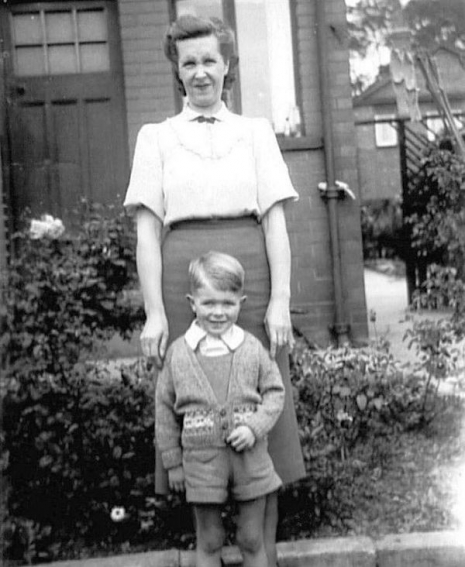
More young Bowie, after the jump…








